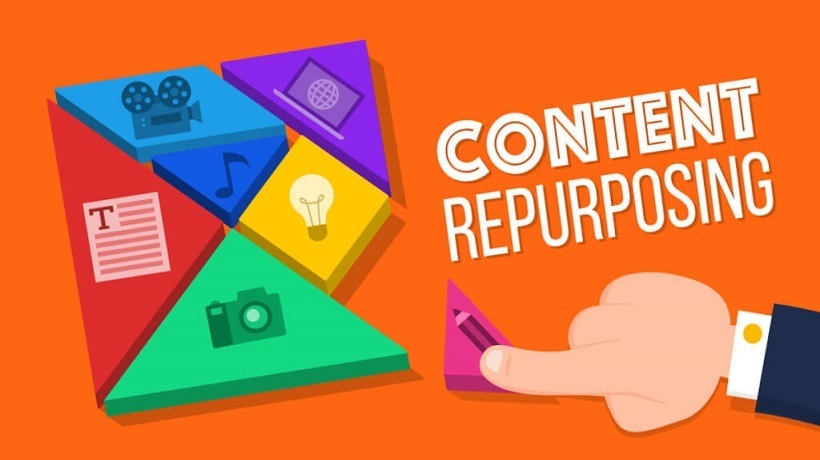Reaping The Benefits Of eLearning Content Repurposing
For creating a sustainable and budget friendly eLearning development strategy, it is a good idea for organizations to build the scope for eLearning content repurposing, especially when creating custom online training content. By creating a strategy that takes into account all available resources, we can reap the benefits of repurposing.
The top-most benefit of Repurposing Reusable Learning Objects (RLOs) is an increased speed of development, in addition to the consistency of content and assurance of interoperability. The utilization of the learning objectives saves time, increases production, and maintains the consistency of content and delivery.
How Suitable Strategies Enable Organizations To Reap The Benefits Of eLearning Content Repurposing
The more common type of eLearning content repurposing is large-scale transformation of content from one medium to another. This includes converting printed or digital learning content, such as presentation created in PowerPoint, into online courses. Alternatively, specific content objects within a course can be reused like a corporate logo or an assessment, across the eLearning content developed.
The fact that eLearning content can be disassembled as individual learning objects, and then tagged and stored, makes repurposing a reality, as well as a convenient path. These learning objects can be reused to create further learning content. Technology used to create and host eLearning content also supports repurposing. Authoring tools modify, tag, integrate, and publish content objects into eLearning courses in ways that allow them to be reused. Integration and conversion tools, which enable the repurposing from one format to another, such as PowerPoint to eLearning content, also support faster migration and development. Learning Management Systems (LMSs) also store and host the eLearning content to facilitate the eLearning content repurposing.
Challenges Of eLearning Content Repurposing (And Their Solutions)
However, even with most eLearning technologies supporting eLearning content repurposing, there are some hurdles to be crossed!
1. The Long And Tedious Nature Of Text-Only Content And The PowerPoint Presentations.
The text-only content fails to take advantage of including multimedia such as videos, audio files, interactive exercises, games, and simulations, which is the highlight of adopting eLearning. If the existing learning material is text-heavy, then it is necessary to rethink the content strategy of converting it into different media. For example, if your department trains Sales people on how to sell their product to resale-dealers, and uses a long text description of the market conditions, consider a video of actual sales personnel talking and explaining the whole context to achieve the learning objective with more efficacies. Considering new ways to communicate learning concepts, using the multimedia makes even the most difficult topics more engaging.
2. Lack Of Interactivity In Presentation Screens.
Similarly, PowerPoint presentations in instructor-led classroom training often serve as visual aide and lecture guides for the instructor, with the majority of the content delivered in a verbal manner.
Thus, the presentation screens are only a fraction of the necessary content to be repurposed as eLearning. Therefore, it is clear that PowerPoint or slide presentations cannot be repurposed into eLearning content without significant reworking. As with text, presentations often lack the necessary interactivity to engage students when the training migrates from instructor-led platform to the online platform. Simulations and interactivity can be built within the course to make the content align more to the eLearning advantage.
3. Transformation Of Original Learning Objects.
When reusing a particular learning object within the learning material, it is important to follow a methodology that ensures that content can be stored and retrieved with convenience. Most of the reusable content consists of graphic elements such as photographs, illustrations, videos, corporate logos, and animations. Parts of text can also be identified and shared as a reusable content by the content developer or the Instructional Designer.
4. Plethora Of Learning Objects.
Another important aspect of reusing individual learning objects is identifying the categories of objects that are frequently repurposed. Striving to save every single learning object will be a waste of time and effort. If the development team rarely repurposes a certain type of file or learning content, it is evident that those need not be archived.
Final Thought
Though a frequently adopted strategy, eLearning content repurposing requires effective management and strategy. Considering organization specific issues, as well as norms of the eLearning industry, it is possible to build a strong foundation for repurposing content and reap the benefits.
- Reference and suggested further reading: eLearning Strategy - Repurposing Content






